Animals in Costa Rica How to Spot 8 Rare Species
Last updated on May 20th, 2025 at 04:52 pm
I still laugh when I think about my first morning in Corcovado. It was 2019, and I’d blown way too much of my savings chasing animals in Costa Rica after a messy breakup. Classic rebound travel, right?
So there I was, half-asleep and grumpy as hell at 4:45 AM, following this local guide Jorge through mud that kept trying to eat my boots. My legs hurt. Mosquitoes were having breakfast on my neck. And I kept thinking about the hostel bed I’d abandoned an hour earlier.
“How much further?” I wheezed, for probably the fifth time.
Jorge just smiled and tapped his watch. The guy never seemed to sweat, which was irritating given the fact I was basically a walking puddle.
Twenty minutes later, as the first hint of sunrise filtered through the trees, he suddenly stopped and put his finger to his lips. Then pointed ahead.
Holy. Crap.
Not twenty feet away stood a Baird’s tapir – this bizarre-looking creature with a pig’s body and a stubby elephant trunk. It was just… drinking from a stream, completely unbothered by our existence. We watched it for maybe ten minutes before it wandered back into the jungle.
“Still wish you stayed in bed?” Jorge whispered.
And just like that, I was hooked. Three trips to Costa Rica later, I’m still chasing that same rush of seeing creatures I never thought I’d encounter outside of National Geographic.
If you’re thinking about making the same journey, grab a beer and let me tell you what I’ve learned the hard way.
Table of Contents
Why Costa Rica’s So Freaking Good for Wildlife
Imagine squeezing about 5% of all the world’s plants and animals into a country smaller than West Virginia. That’s Costa Rica.
My second time there, I met this old Dutch biologist at a bar in Puerto Viejo who tried explaining it to me. It’s basically a perfect storm: Costa Rica sits where two continents meet, has coastlines on two oceans, and packs in like a dozen different ecosystems despite being tiny.
Plus – and this still blows my mind – they got rid of their army back in the ’40s and eventually redirected that money toward protecting land instead. Who does that?
This biodiversity utopia is the outcome, where things that are extinct elsewhere still exist. My taxi driver on the way to Monteverde put it best: “In Costa Rica, we figured out the monkeys and birds pay better than cutting everything down.” Tourism drives like a quarter of their economy now.
But that doesn’t mean spotting the good stuff is easy. Far from it.
When To Go (AKA My Expensive Mistake)
Learn from my screw-up. My first trip, I found crazy cheap flights in September. Score, right? Nope. Turns out September is smack in the middle of rainy season, and by “rainy” I mean “biblical downpours that last for hours.”
I spent three days at Manuel Antonio mostly watching rain from a cafe and feeling sorry for myself. The wildlife was probably there, but good luck seeing anything through the deluge.
For first-timers, stick to January through April – dry season. Trails are walkable, visibility is better, and you won’t spend half your trip waiting out storms. Yeah, it’s high season so everything’s more expensive, but you didn’t come all this way to save fifty bucks and see nothing.
That said, certain critters follow their own calendars:
- Quetzals do their breeding thing February to April
- Turtles nest on different schedules (leatherbacks March-July, green turtles July-October)
- Whale watching is best August to October
My sweet spot now is late November/early December. Rains are tapering off, forests are super green, and the crazy Christmas crowds haven’t hit yet.
The Really Rare Stuff: 8 Animals Worth Searching For
1. Jaguar – The Holy Grail
Three trips, countless hikes, and exactly zero jaguars. That’s my current record. And I’m not alone – most visitors never see one.
My closest call was in Corcovado in 2021. Jorge and I found fresh tracks along a stream – so fresh the water was still seeping into the prints. We waited for an hour in silence, but no luck. Just knowing that massive cat had walked there maybe 15 minutes before us was enough to make the hair on my arms stand up.
If you’re dead set on spotting one, Corcovado National Park on the Osa Peninsula is your best shot. Stay at least 3-4 days, hire a good guide, and pray to whatever gods you believe in. Even researchers who study jaguars go months without sightings.
Reality check: Fewer than 5% of visitors to Corcovado ever spot a jaguar. But 100% of jaguar sightings happen to people who actually go there, so…worth a shot?
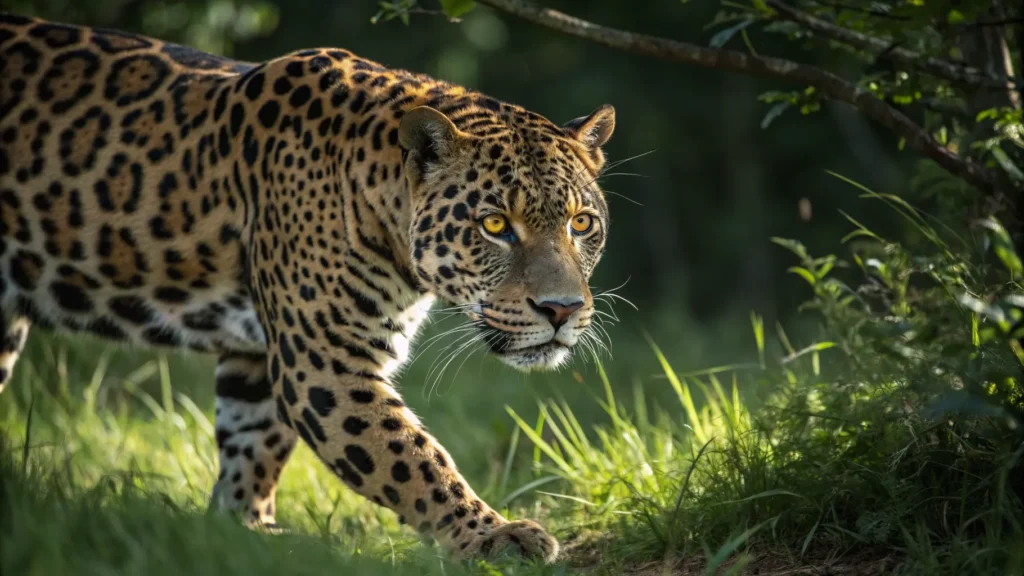

2. Baird’s Tapir – The Prehistoric Weirdo
After that first magical sighting, I became low-key obsessed with tapirs. They look like evolution had some parts left over and just stuck them together – pig body, elephant nose, weird hooves.
I’ve had the good fortune to see tapirs three times so far, all in Corcovado National Park. Once was my dawn encounter, once was literally just a nose sticking out of a mud wallow, and once was a mom and baby crossing a river as we were hiking out.
Dawn and dusk near water is your best bet. Besides Corcovado, I’ve heard decent reports from La Amistad International Park and the Caribbean lowlands in Braulio Carrillo.
Pro tip from Jorge: Look for trampled vegetation leading to streams or fruit trees. Because they are habitual, tapirs frequently follow the same routes.
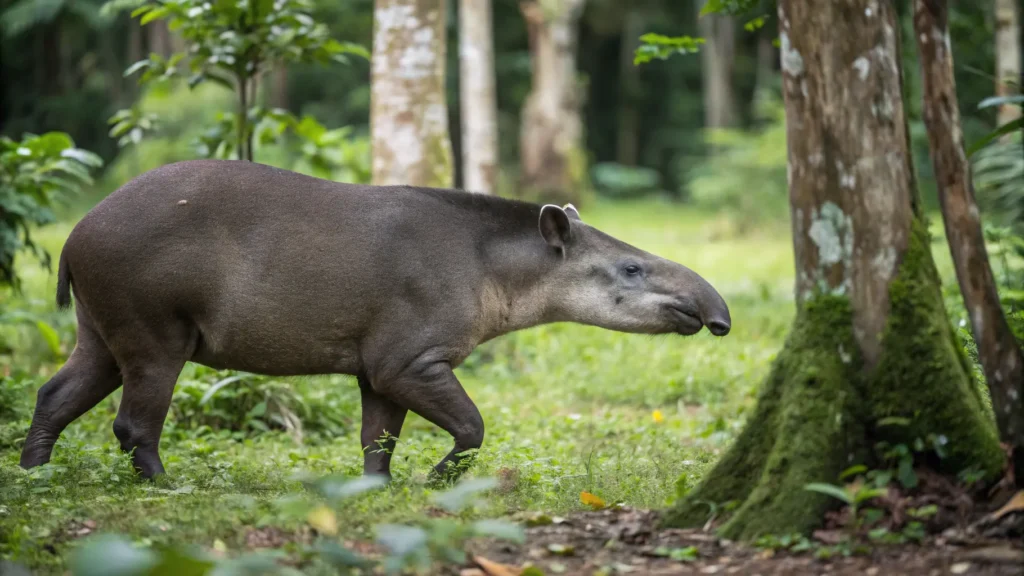

3. Resplendent Quetzal – The Living Jewel
My quetzal story still embarrasses me. My first two trips, I spent literally days hiking around Monteverde Cloud Forest Reserve looking for these birds. Sore neck, soggy boots, zero quetzals.
Trip three, I mentioned my quetzal curse to the owner of this tiny guesthouse in San Gerardo de Dota. He actually laughed at me. “Monteverde? Too many people now. Come, I show you.”
Next morning, he walked me ten minutes to this wild avocado tree, pointed at a branch, and said “Wait here. One hour, maybe two.”
He left me there feeling like an idiot. Forty minutes later, this male quetzal with an absurd tail and iridescent green feathers landed right in front of me. I almost dropped my camera.
Forget Monteverde. San Gerardo de Dota and Los Quetzales National Park are where it’s at these days. February through April gives you breeding season when males grow those ridiculous meter-long tail streamers.
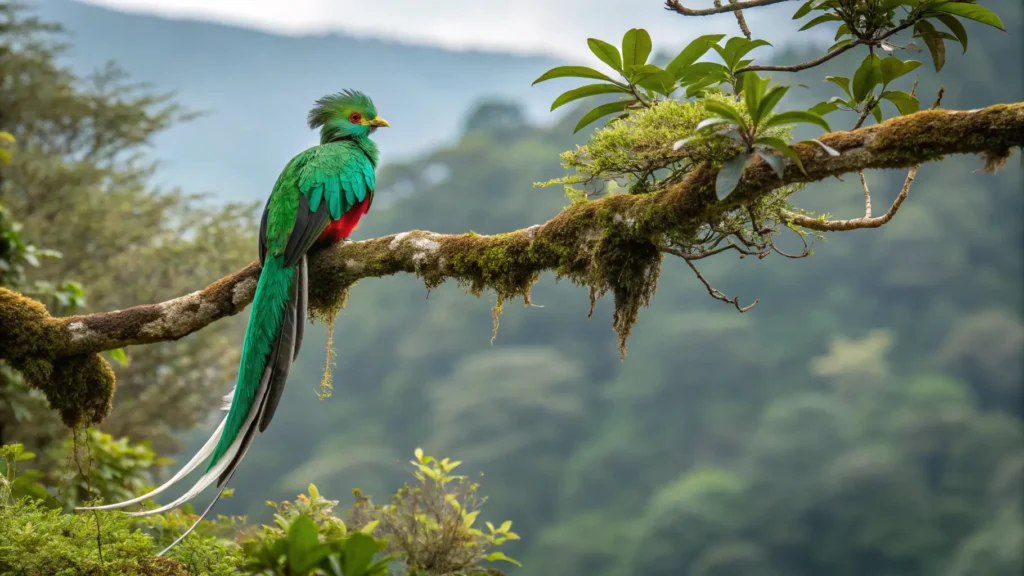

4. Harpy Eagle – The Flying Terror
Full disclosure: I’ve struck out completely on harpy eagles. These massive birds – with talons literally the size of bear claws – are critically endangered in Costa Rica.
A researcher I met estimated fewer than 50 remain in the country, mostly in the most remote parts of the Osa Peninsula and Caribbean lowlands. Honestly, unless you’re connecting with research teams who monitor nests, your chances are basically zero.
If you’re determined, contact the Tropical Science Center before your trip. They sometimes know of active nests being monitored. Just don’t get your hopes up.
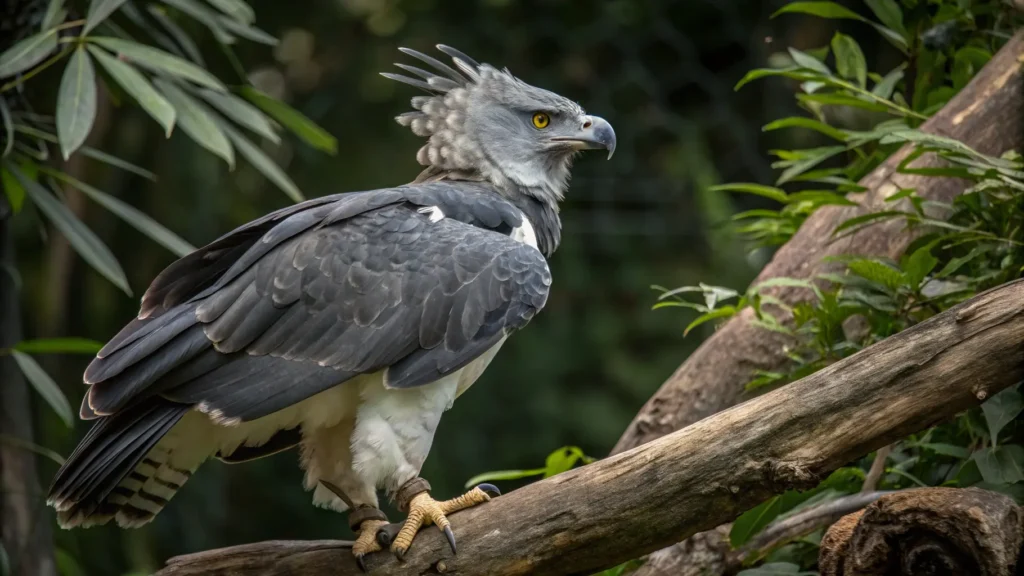

5. Spectacled Bear – The Mountain Ghost
Another one I’ve never seen despite hiking in potential habitat. These bears are so rare in Costa Rica that until recently, scientists weren’t even sure they still existed here. Camera trap studies have confirmed maybe 20-30 bears remain, all in the highest, most inaccessible parts of the Talamanca Mountains.
Unless you’re doing serious expedition-style hiking in Chirripó National Park with researchers, you’re not seeing one. Period.
I include them here because, hey, bears in Costa Rica! Who knew? But realistically, focus your efforts elsewhere.
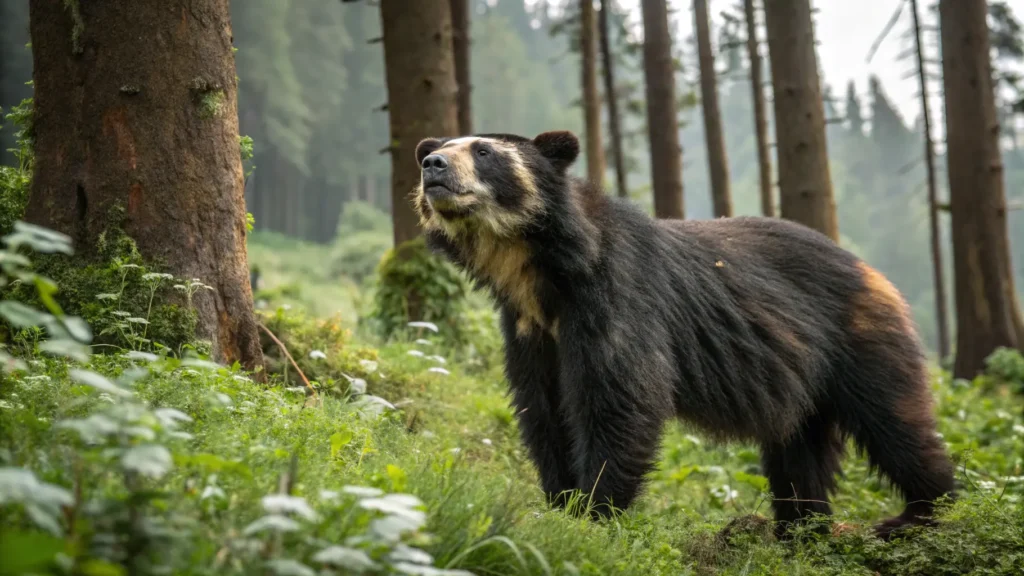

6. Geoffroy’s Spider Monkey – The Acrobats
Now for something you might actually see! Spider monkeys were my first “wow” wildlife moment in Costa Rica. I was kayaking through mangroves near Manuel Antonio when this family decided to cross the river right above me.
These aren’t your average monkeys. They’re huge, noisy, and move like Olympic gymnasts – all limbs and that crazy tail they use like a fifth hand. What makes them rare isn’t that they’re super hard to spot (they travel in loud groups), but that they need big chunks of intact forest to survive, so they’ve disappeared from many areas.
Best places to find them:
- Manuel Antonio (easiest, but crowded as hell)
- Corcovado National Park (most pristine populations)
- Tortuguero (good numbers along the canals)
Early morning is prime time. Listen for crashing in the canopy and distinctive “woop woop” calls.
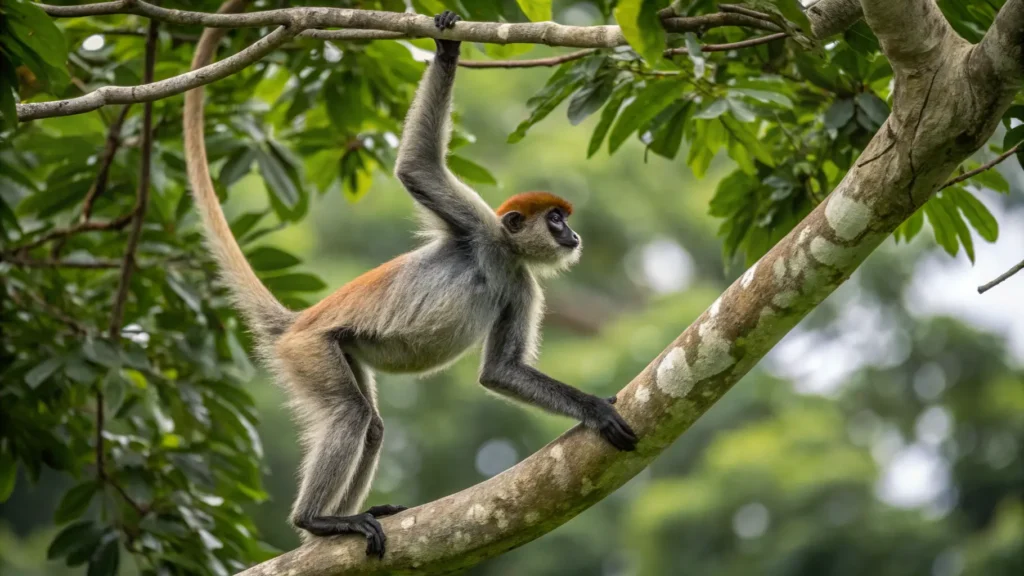

7. Scarlet Macaw – Flying Rainbows
I wasn’t prepared for how BIG wild macaws are. My first sighting was pure dumb luck – I was nursing a hangover at this beach bar near Jaco when a pair flew overhead. They were like flying fire – brilliant red, yellow and blue against the sky.
These spectacular parrots got hammered by the pet trade and habitat loss. By the 1980s, they’d disappeared from most of Costa Rica. Thanks to breeding programs and habitat protection, they’re making a comeback in several regions.
The Central Pacific coast is macaw central these days.The people of Carara National Park and the surrounding communities of Jaco and Quepos are in good condition. Visit between 5:30-8:30 am or 3:30-5:30 pm when they fly between feeding and roosting sites.
Pro tip: Don’t just look – listen. Their raucous squawks carry for hundreds of meters. Follow the noise.
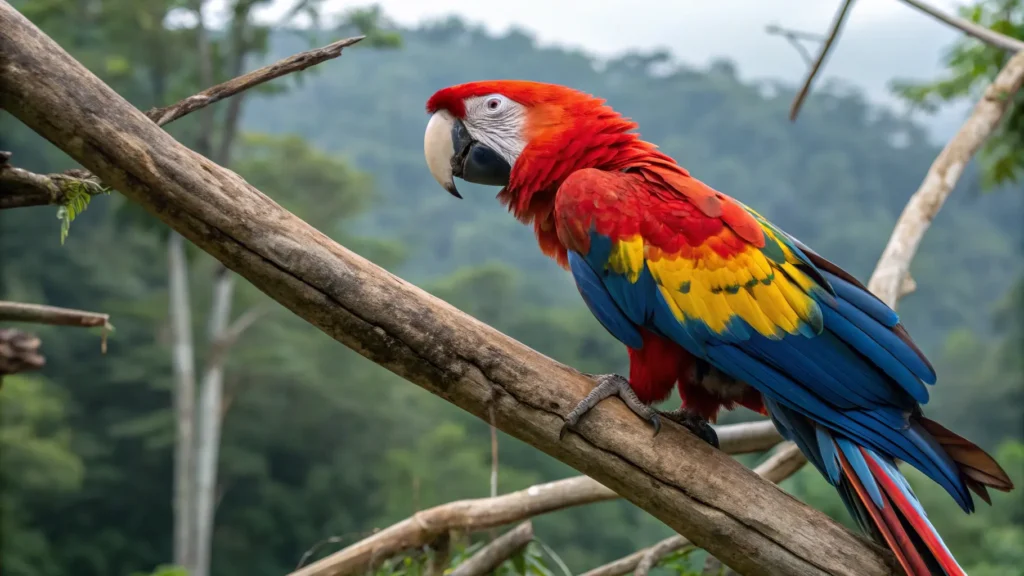

8. Caribbean Manatee – The Gentle Weirdo
If patience were an Olympic sport, manatee watching would be the gold medal event. I spent three mind-numbing days in a canoe drifting through Tortuguero’s muddy canals before finally spotting one.
The “sighting” was literally just a snout breaking the surface for a breath, then gone. Five seconds, tops. Was it worth three days of paddling in sweltering heat? Weirdly, yes.
Tortuguero National Park and Barra del Colorado Wildlife Refuge on the Caribbean coast are your only options for finding these endangered sea cows. Early morning canal tours with experienced guides offer your best shot, but seriously – manage your expectations.
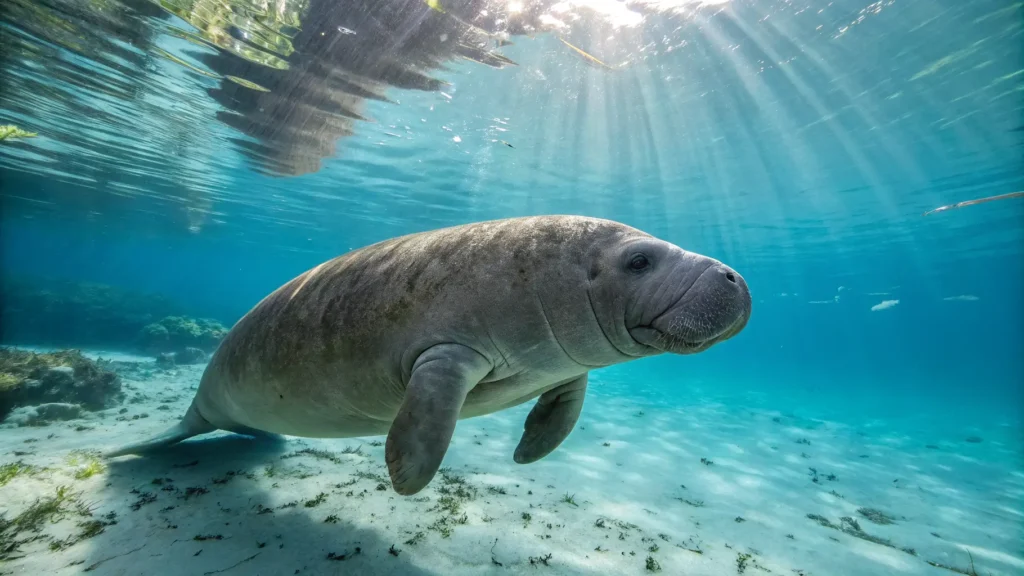

Gear That Actually Matters
I’ve made every equipment mistake possible in Costa Rica, so let me save you some pain:
First, double the amount of waterproofing you believe you need. My first trip, I brought a “water-resistant” backpack. One afternoon downpour later, my camera was toast. Now I use dry bags inside my backpack for anything that can’t get wet.
Second, binoculars matter way more than camera zoom. You’ll spot way more wildlife through good bins than trying to scan the canopy with a camera viewfinder. I use Nikon Monarchs that cost about $280 – middle of the road but good enough.
Third, your footwear can make or break your trip. After trying everything, I’ve settled on quick-drying trail runners. Not waterproof (which just trap moisture) but ones that drain and dry fast.
My non-negotiables:
- Good binoculars (8×42 magnification is perfect)
- Actual rain gear, not just a flimsy poncho
- Dry bags for electronics
- Quick-dry clothes (cotton is misery in the humidity)
- Bug spray with DEET (yeah, it’s nasty, but it works)
The Guide Question
I’ve done Costa Rica solo and with guides. For general tourism, you’re fine on your own. For serious wildlife spotting? Shell out for a guide. The difference is night and day.
My first visit to Corcovado, I walked right past countless animals I never saw. With Jorge on trip two, suddenly the seemingly empty forest was full of life – tree frogs, snakes, sleeping bats, birds I’d never have noticed.
Good guides aren’t cheap – expect $40-80 per day depending on the park and their specialty. If you’re on a budget, I’d recommend DIY-ing the more tourist-friendly parks (Manuel Antonio, Arenal) but hiring guides for places where the wildlife is more elusive (Corcovado, Los Quetzales).
One hack I’ve used: Many lodges include guided walks in their rates. Sometimes it’s cheaper to book a night at a good ecolodge than pay for separate guided tours.
Keeping It Real
I should probably acknowledge that I’ve painted some pretty exciting possibilities here, but the reality is you won’t see all these animals in one trip. Hell, I’ve done three dedicated wildlife trips and still haven’t seen half the animals on this list.
Costa Rica taught me something important about wildlife watching: it’s not about checking boxes. It wasn’t necessarily the rarest animals that I remember the most, but rather the unexpected interactions.
Like the time a coati tried to mug me for my trail mix at Monteverde. Or watching an army of leaf-cutter ants demolish a fallen mango. Or a sloth that decided to cross the path right in front of me, moving with the urgency of a DMV employee on a Friday afternoon.
The magic of Costa Rica isn’t just in the highlight-reel moments with rare species. It’s in slowing down enough to notice the small dramas playing out everywhere in one of the most living places on earth.
Got questions about planning your own wildlife adventure? Drop ’em in the comments. I’m always down to talk Costa Rica, especially if it means reliving my trips while I’m stuck at my desk daydreaming about the next one.

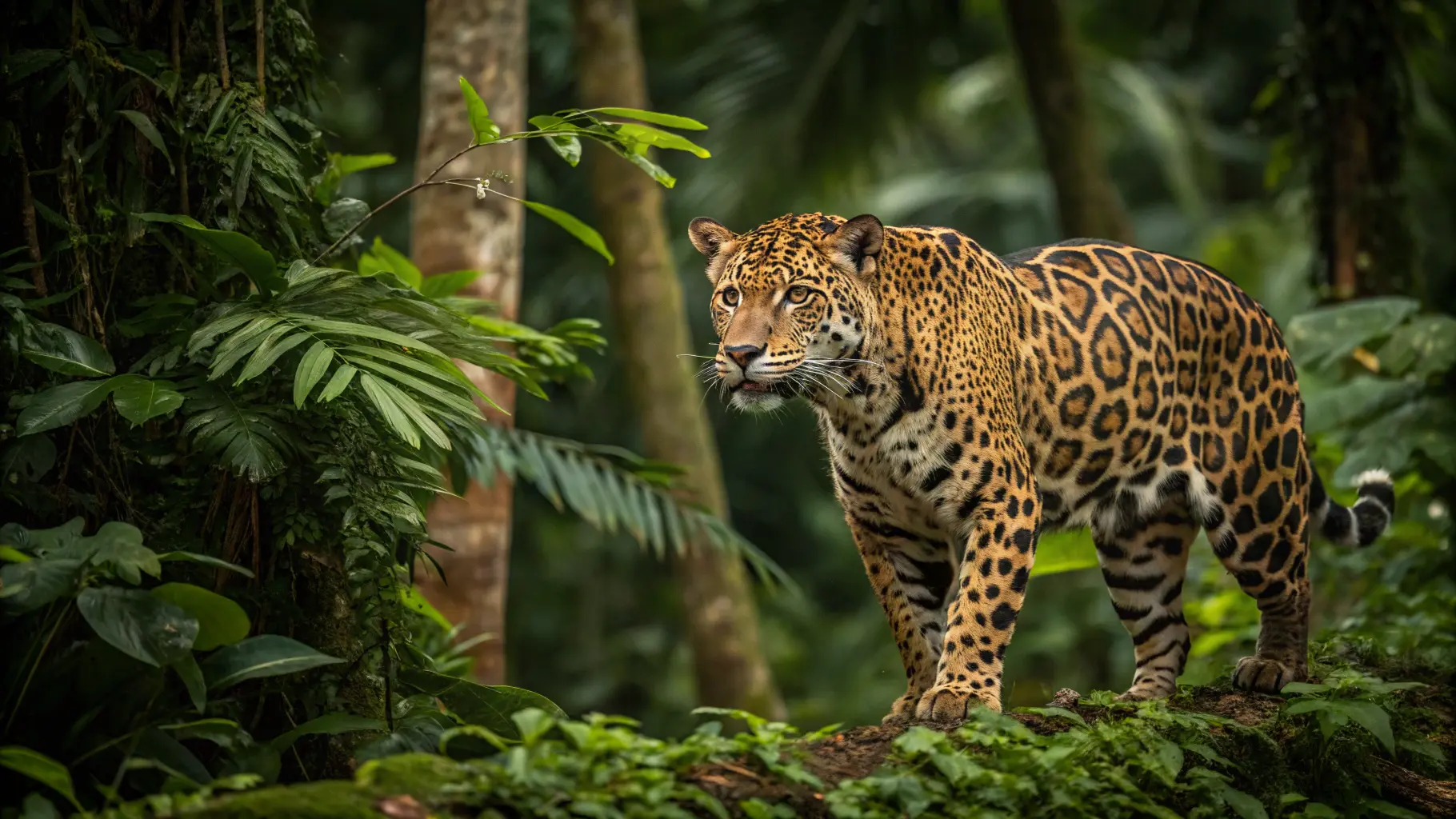
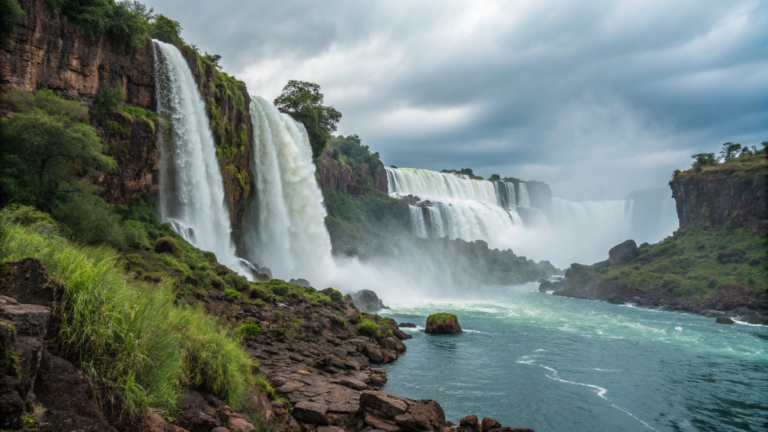
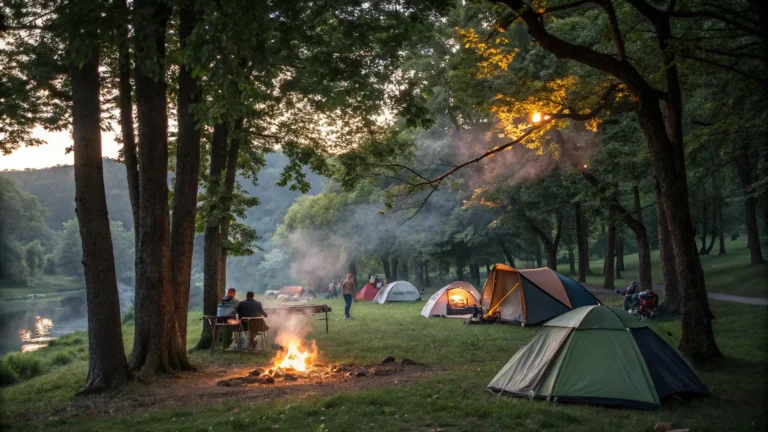
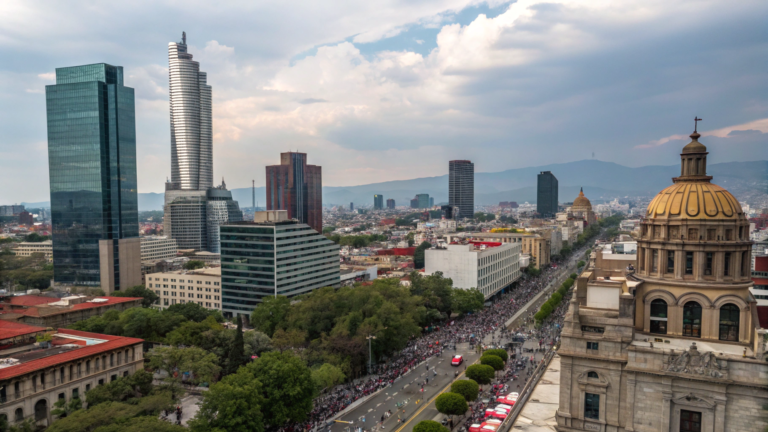
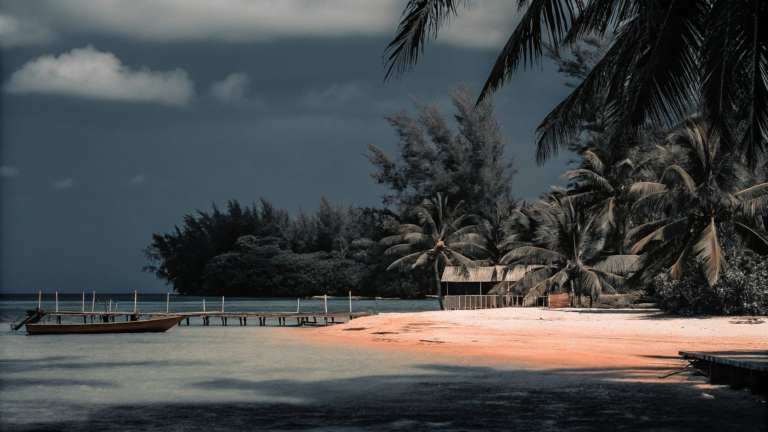
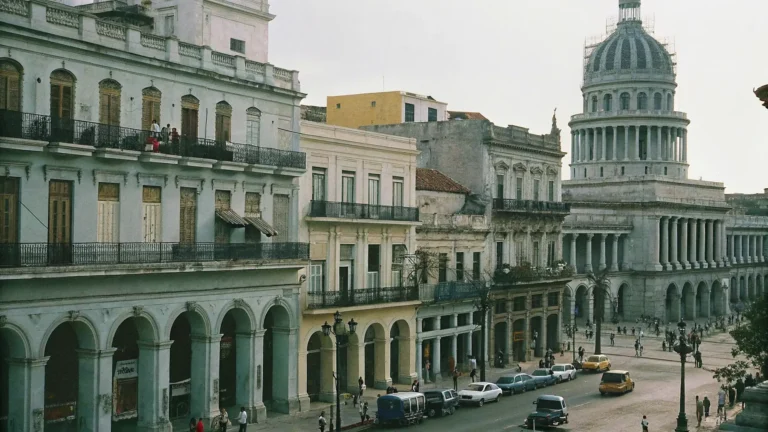
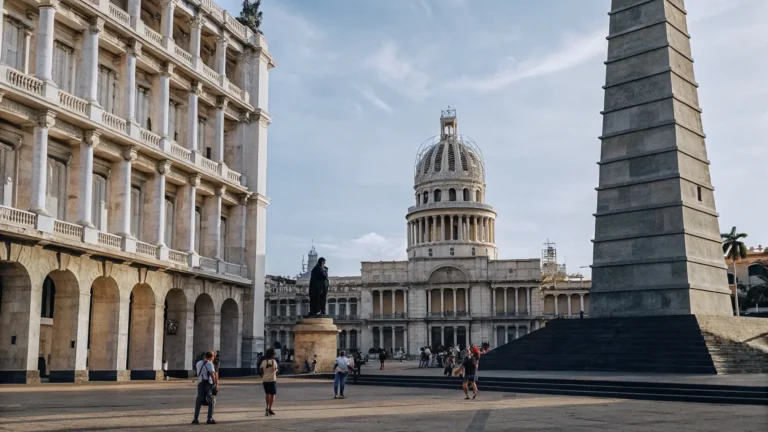
2 Comments